The RM-2 was the last in a series of light machine guns designed by long-time Mexican arm inventor Rafael Mendoza (also responsible for, among other things, the very unusual Fusil Mexico). The first of his machine guns was developed from 1928 to 1933, and ultimately adopted by the Mexican military as the Model B-1933 or C-1934. This was a long-stroke gas piston gun chambered for 7mm Mauser (the standard Mexican military cartridge at the time). It uses a rotating bolt somewhat reminiscent of the Lewis (and in turn, the FG-42 and M60), in which the firing pin is held fixed by the operating rod, and the bolt rotates around it to lock and unlock.
The gun fed from 20-round box magazines in the top of the action, and also featured a quick-detach barrel. All in all, it was a quite competent machine gun, although it was not adopted outside Mexico.
After WWII, Mexico took advantage of lots of cheap surplus arms from the United States and standardized on the .30-06 cartridge in place of the 7mm Mauser. Mendoza redesigned his 1934 machine gun for the .30-06 cartridge, and then went about designing a new model to improve several aspects of the gun and make it cheaper and simpler to produce. This would become the RM-2.
One clever element in the whole line of Mendoza machine guns was the use of a reversible, double-headed firing pin. Should the tip of the firing pin break, a quick field-strip would allow the operator to flip the pin around and be back in firing condition (this can also be seen in the Colt CMG-2 and CMG-3 designs). The design used a simple open-bolt firing mechanism, and had a sliding dust cover to keep the action clean when a magazine was not inserted.
The magazine was mounted on the top of the action, so of course the sights had to be offset to the side (the left side, specifically). A rear aperture was used, adjustable vertically for zeroes from 200m to 1200m. Contrary to the description in Small Arms of the World, the RM-2 did continue have a quick-detachable barrel. It used a horizontal sliding wedge to cam the barrel in and hold it in place.
Thanks to the National Firearms Centre in Leeds, we have a batch of photos of a disassembled RM-2:









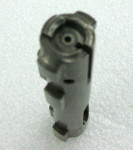
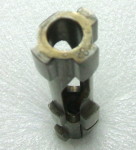






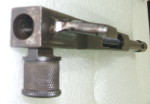







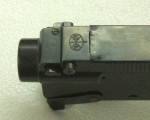
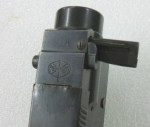
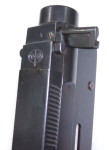

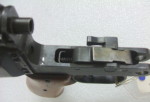
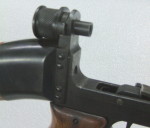
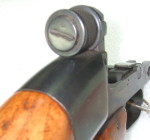

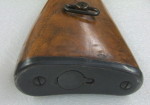








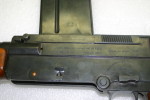



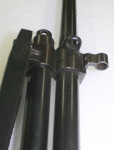


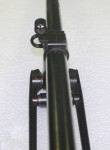

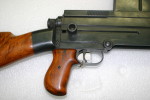

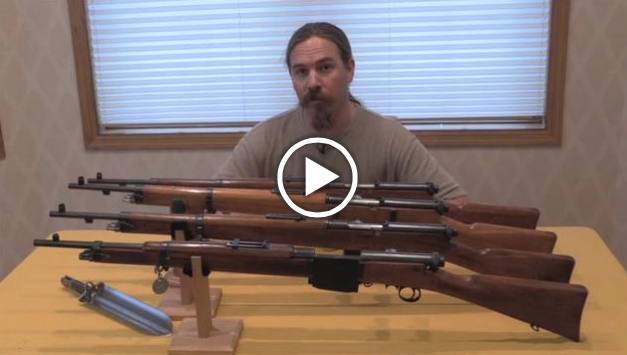
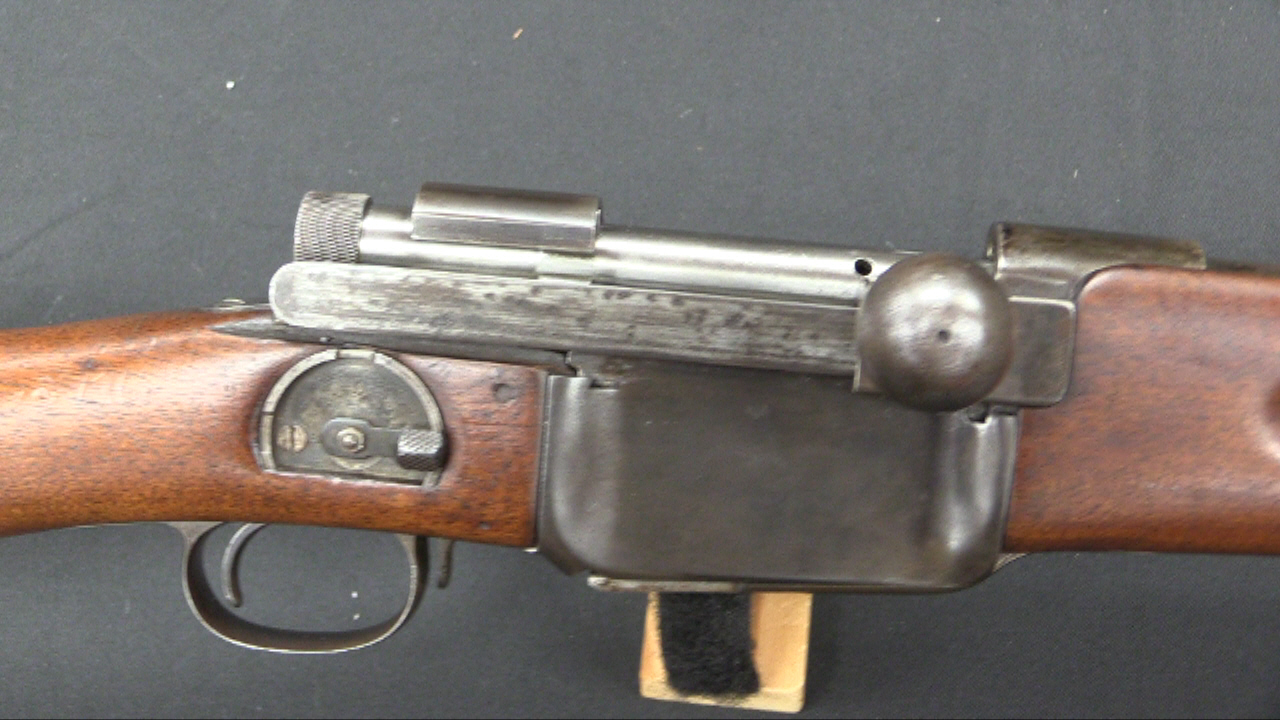

A small peculiarity to add: the Mendoza does not have a magazine release catch. As the late Herbert Woodend had great pleasure in showing, you just smack the magazine (if I recall correctly from behind) to get it out, and ram it in to load.
Hmm… Sounds like one less complication. Rock in the magazine to load any AK or RPK, whack the magazine forward after hitting the catch to reload. Or am I wrong?
In his American Handgunner interview Stephen Hunter was talking about how part of his plot development is finding an interesting firearm and figuring out how to work it into a story. In “Havana” – in which Earl Swagger is sent by the CIA to Batista’s Cuba to assassinate an upstart revolutionary named Fidel Castro who poses a threat to United Fruit and Bacardi Rum interests – it looks like the weapon de jour is the 7mm Mendoza, which Hunter assigns to a sociopathic secret policeman, who uses it to shoot up a porno theater before Earl kills him. Don’t know how widely Batista’s forces used the Mendoza but since they used 7mm Spanish Mausers it makes sense that they would have had at least a few.
If you can find the Warner Bros. DVD of the Sf movie “The Black Scorpion”(1957) starring Richard Denning (the guy who later played the governor of Hawaii on the original “Hawaii Five-O”) and Mara Corday, check it out. It was shot in Mexico in and around Mexico City with the cooperation of the Mexican police, and a Mendoza RM-1 LMG in 7 x 57 is used rather extensively.
Mainly, it showed that it didn’t like theatrical blanks very much. In most scenes, you can see the actors jacking the bolt manually to reload after every shot, usually due to a smokestack.
FTR, I like it mainly due to Mara Corday.
cheers
eon
That seems to be an especially good design for one originating in the late 20’s. Any reports of what the reliability was like? How much did they weigh?
Caliber; .30-06
System of operation; gas, selective fire
Length overall; 43.3 in.
Barrel length; 24 in.
Feed device; 20-round detachable box magazine
Sights; hooded barleycorn front, adjustable aperture rear
Weight (empty); 14.1 lbs.
Muzzle velocity (std. service load); ~2750 F/S
Cyclic rate; 600 r/m
(Smith, Small Arms of the World, 9th ed., p. 518)
cheers
eon
Mendoza designed some interesting firearms, I have long wanted one of his Semi Auto rifles in 7MM.
I have always wondered why Mendoza hasn’t done more to produce firearms for export to the US. They design and build some very interesting stuff and are capable of manufacturing a quality product. I have noticed that they are importing a line of .22 rimfire rifles and they look pretty well made, especially for the price. A semi-automatic “pistol” version of their HM-3 series suitable for SBR conversion would probably sell quite well, especially considering the current popularity of the CZ Scorpion EVO 3 S1 and SIG MPX right now.
Without going into politics, which we don’t here- it’s mostly politics.
cheers
eon
Very interesting firing pin. It’s not only reversible in case it breaks, but look at the shape of it: it’s also got such a fat conical section that it’s very unlikely to break, compared to the stepped-down and even sectionally-weakened firing pins some other designers have used.
It doesn’t take a PE to look at, say, a Tokarev rifle firing pin and tell you where the probable points of failure are.
It’s also easier to produce a pin that has no milled or cross-drilled operations… just a simple turned piece of steel.
Ian,do all four boltlugs engauge at the same time ?
Sorry, John, but I don’t know. It’s been several years since I took the photos.
One comment: there are at least 2 variations of the RM 2. The prototypes (10 produced?) hab quick change barrels. The final version (50 produced?) with the perforated heat shield over the barrel, had a fixed barrel.
Ian, I noticed that on the other FW page on Mendoza’s machine guns, there’s an image of some sort of book about the Mendoza, written by Melvin Johnson Jr. Do you happen to know the source of that, or of any connection between the two designers?
https://www.forgottenweapons.com/wp-content/uploads/2010/11/Mendoza-machine-gun.jpg